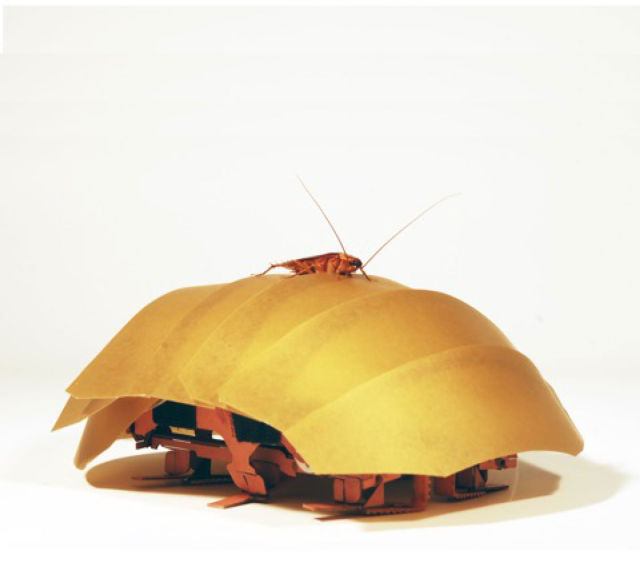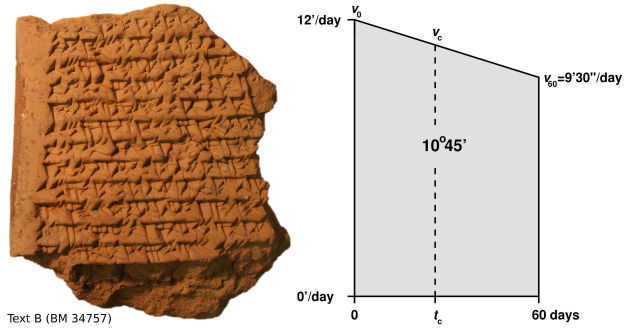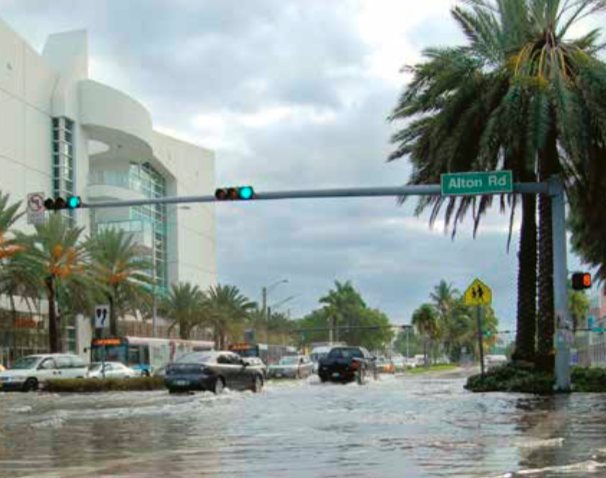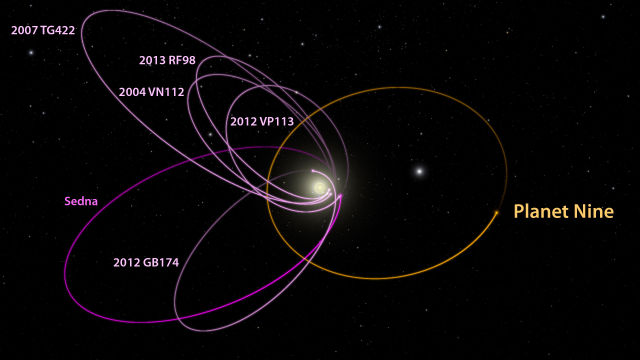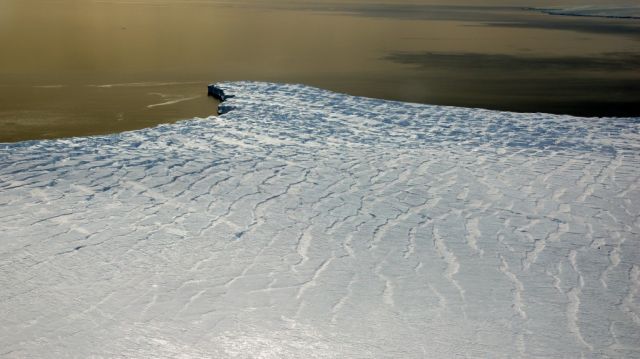
The ice meets the sea. (credit: Matthias Braun, University of Erlangen-Nuremberg, Germany)
Even with decades of melting, much of the world's water lies trapped in ice that sits on land. If Antarctic ice melted entirely, it's estimated that ocean levels would rise by roughly 60 meters—a nearly incomprehensible figure.
But a lot of it wouldn't reach the ocean by melting. Instead, large areas of the Antarctic ice sheet sit on rock that's below sea level. Were the ocean to reach these sheets, the ice would break up and float off while melting, a process that could raise sea levels relatively suddenly. Now, researchers have performed a catalog of all of the ice that empties into the ocean in Antarctica, allowing us to identify those that pose the largest threat of rapid sea-level rise.
You can view Antarctica as having four types of ice. Inland, there are large ice sheets, some of which sit at sea level, others below. Some of the ice in these sheets flows to the coast through the exit glaciers, which often pass through narrow valleys on their way to the coast. At the coast, you'll find the third type: permanent floating ice shelves, which can extend for miles into the ocean. Beyond those, you will find seasonal ice, which expands in the southern winter but contracts again when summer arrives.
